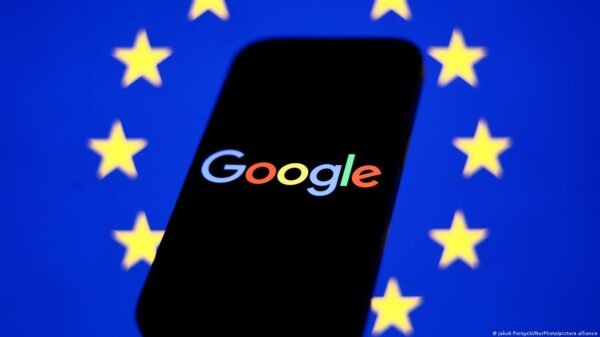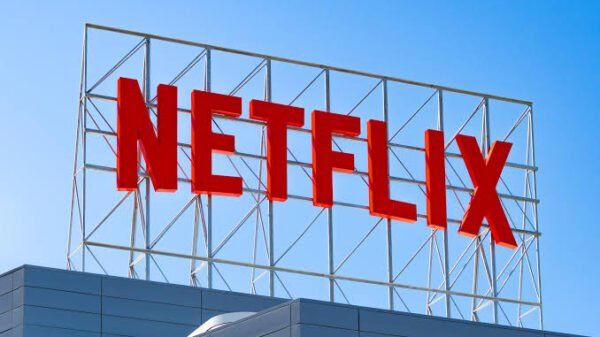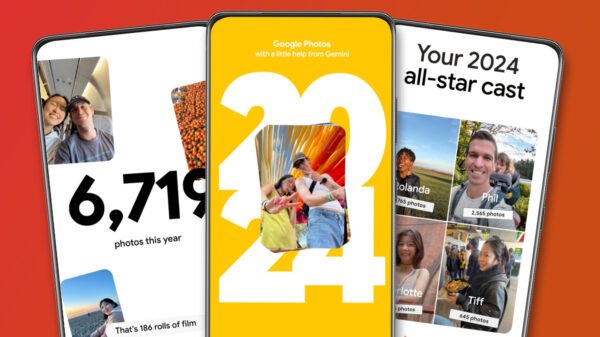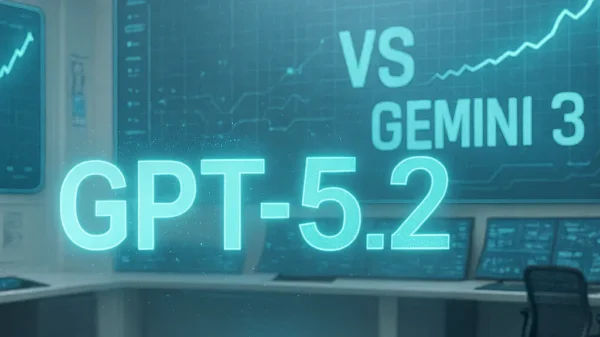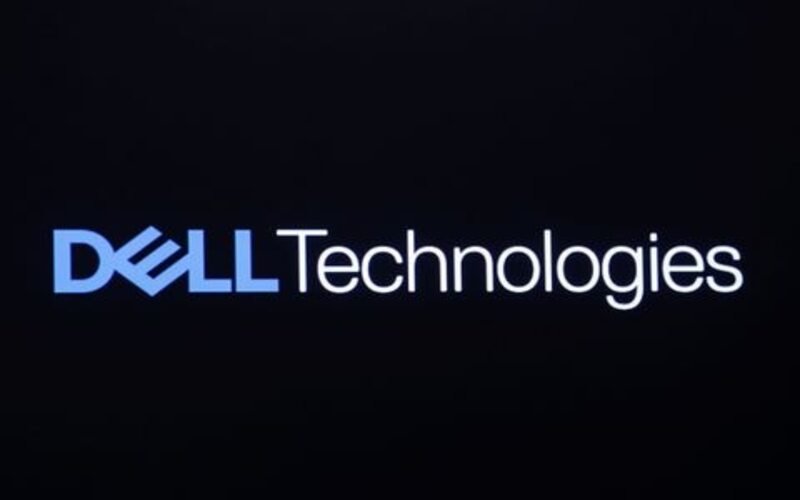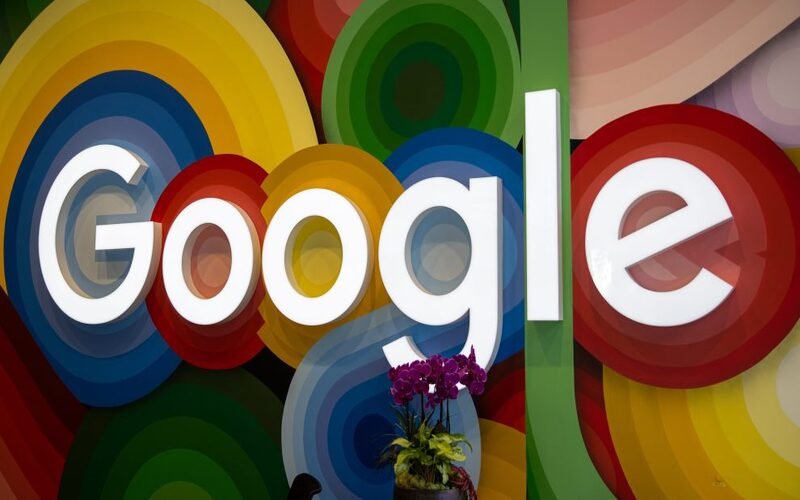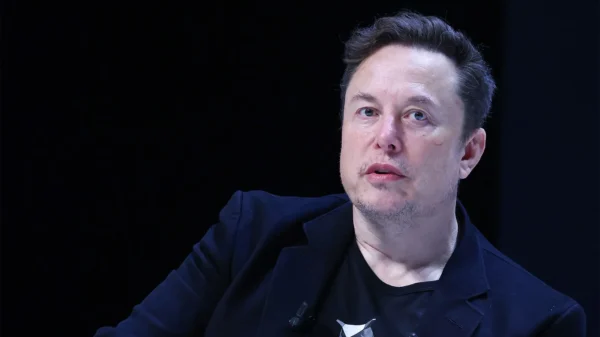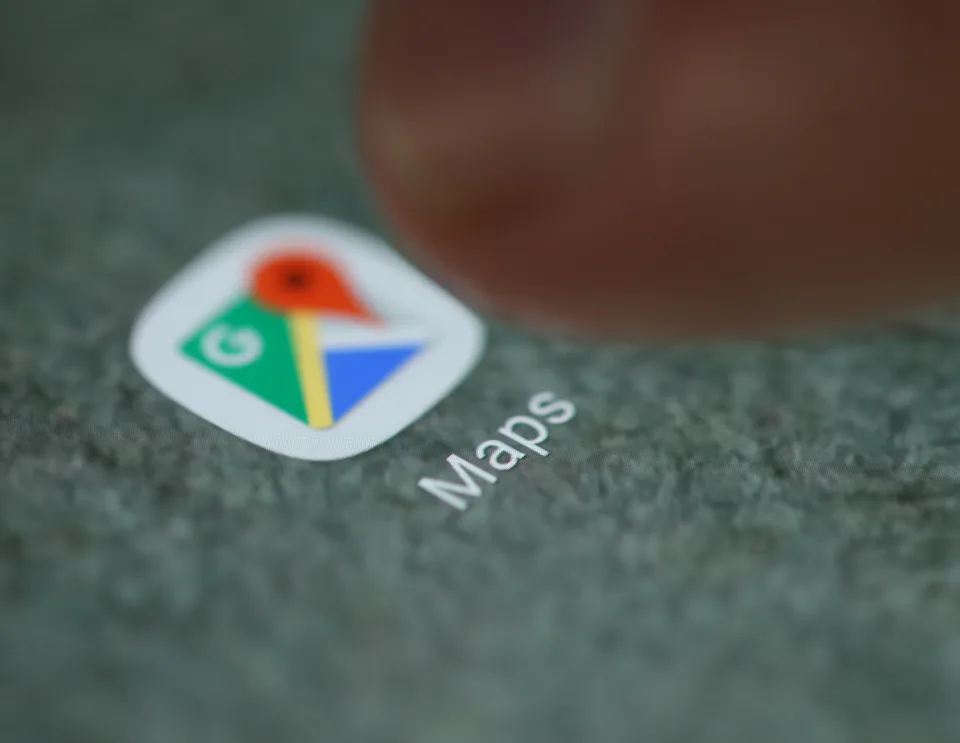Google Maps Renames Gulf of Mexico to Gulf of America for U.S. Users
In a recent and unexpected update, Google Maps has changed the name of the Gulf of Mexico to the Gulf of America—but only for users within the United States. This shift follows an executive order signed by President Donald Trump in January 2025, after re-entering office. The decision has sparked intense debate, highlighting the intersection of politics, geography, and digital platforms.
A Significant Update for U.S. Google Maps Users
Google announced the update after the U.S. government’s Geographic Names Information System (GNIS) modified its official place names database. Following its long-standing policy of aligning maps with government-recognized geographic labels, Google implemented the change for American users. In contrast, users in Mexico continue to see “Gulf of Mexico,” while international users encounter a hybrid designation: “Gulf of Mexico (Gulf of America).”
This decision is reminiscent of past disputes over place names. The same executive order that prompted the Gulf renaming also reinstated “Mount McKinley” as the official name for Denali, though Google has yet to reflect this change.
Why Did the Name Change Happen?
Google’s initiative is not an independent editorial decision but a reflection of directives from the U.S. government. The GNIS updated its records in compliance with Trump’s order, compelling digital platforms that rely on official geographic data to adopt the change.
“As a policy, we follow official government sources to update place names on Google Maps,” confirmed a Google spokesperson. This approach ensures that Google’s mapping service maintains consistency with authoritative geographic standards. Nonetheless, the renaming has elicited a mix of support and opposition.
Political and Social Reactions
The decision has sparked sharp reactions. Supporters praise the change as a reaffirmation of U.S. influence over the waterway, while critics argue that altering a well-established geographic name ignores history and diplomacy.
Geopolitical experts suggest that such renamings extend beyond cartography and into national narratives. “Changes like this aren’t just about maps—they reflect broader political messaging,” noted Dr. Luis Herrera, a historian specializing in U.S.-Mexico relations.
On social media, debates have flourished. Some users view the update as a patriotic assertion of American identity, while others see it as an unnecessary and politically motivated revision. Meanwhile, Mexico has decided to retain the original name on its version of Google Maps, further emphasizing the regional divide in recognition of this waterway.
What’s Next?
While Google acted quickly to implement the Gulf renaming in the United States, it remains uncertain when—or if—it will apply the Denali-to-Mount McKinley change. Regardless, this development underscores how tech platforms wield influence in shaping geographic narratives to align with governmental policies.
This update serves as a reminder that digital maps are more than just navigation tools—they are also reflections of policy, power, and perspective in an ever-evolving global landscape.






